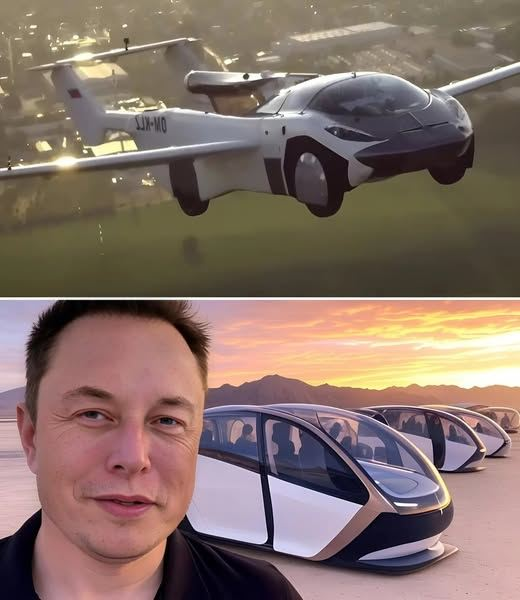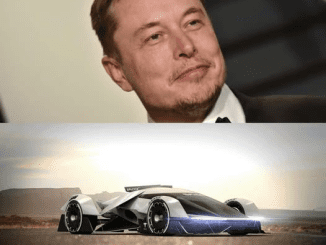

Elon Musk envisions flying cars as an accessible means of transportation for everyone, not just a luxury reserved for the elite. This vision echoes Tesla’s earlier mission to make electric vehicles affordable and widely available. Beyond personal transport, Musk has suggested various potential uses for flying cars, including air taxis, emergency response units, and delivery services.
While the excitement around the prototype is undeniable, several hurdles remain before flying cars can become a common part of daily life. Tesla’s team is committed to extensive testing to ensure the highest standards of safety and performance. They are also working closely with aerospace manufacturers and government agencies to tackle regulatory challenges and develop essential air traffic management systems.
Introducing flying cars will also demand a reimagining of urban infrastructure. Tesla has proposed the creation of vertical ports—dedicated takeoff and landing zones on rooftops and parking structures—eliminating the need for crowded airports and making air travel more accessible.
As Tesla continues to refine its flying car technology, the potential impact on transportation, healthcare, tourism, and logistics could be transformative. This prototype marks a bold leap into a new era of mobility—one where the sky may no longer be the limit. The question is no longer if flying cars will become a reality, but when. Standing at the edge of this exciting future, we must begin to imagine how we’ll adapt to these new possibilities. Stay tuned for what’s next in this thrilling journey.



